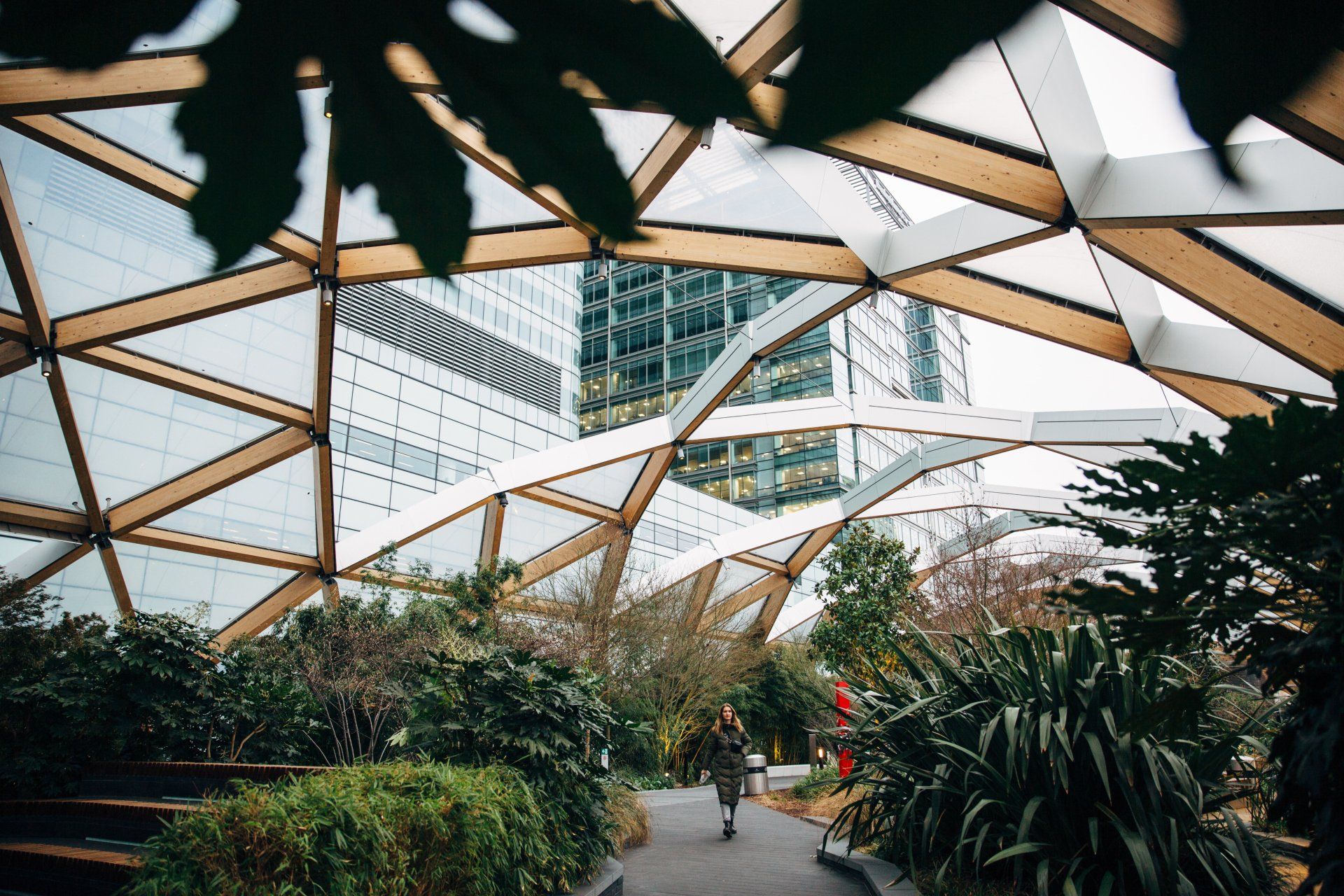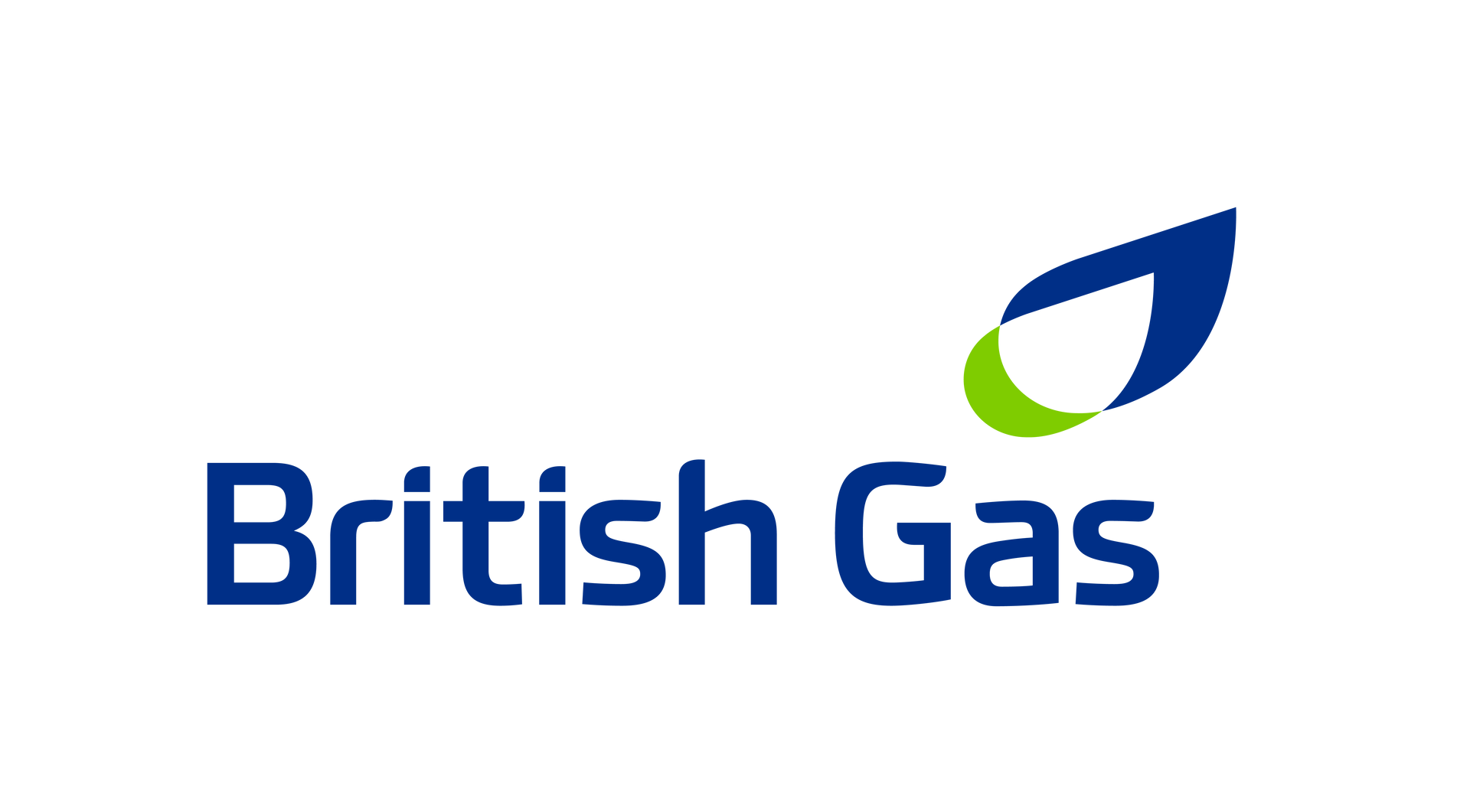Many businesses would like to become more sustainable but find it hard to reconcile the costs of investing in new energy efficient tech with the benefits and payback they’ll actually see. In a recent interview with Future Net Zero, Liam Burlinson and Teo Littera speak about the new technology that looks set to change all that. Below are some of the key takeaways.
Thinking innovatively
Feedback from customers is clear – information about saving energy is either generic or too complex and focused on larger industrial and commercial businesses. As a result, many businesses struggle to understand their own energy use and where the biggest energy-saving opportunities lie. That’s where the new virtual auditing service comes in.
The innovative new technology uses live video streaming to conduct a tailored energy review of a customer’s business. The aim is to give customers access to meaningful information that’s specific to their energy demand. Armed with this insight, businesses are much better equipped to take their first step on the path to lower carbon emissions.
The energy auditing service also has the added benefit of working remotely, without the need for a face-to-face engineer visit – ideal during COVID-19 – while also helping British Gas Business (BGB) keep its own carbon emissions down because there’s less travel in the field.
How it works
Get in touch
To discuss how we can help you achieve your energy objectives,
simply complete the below form.




